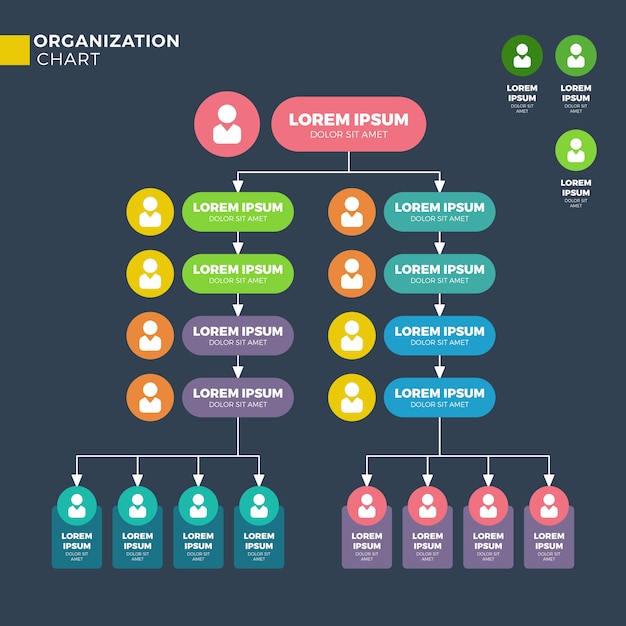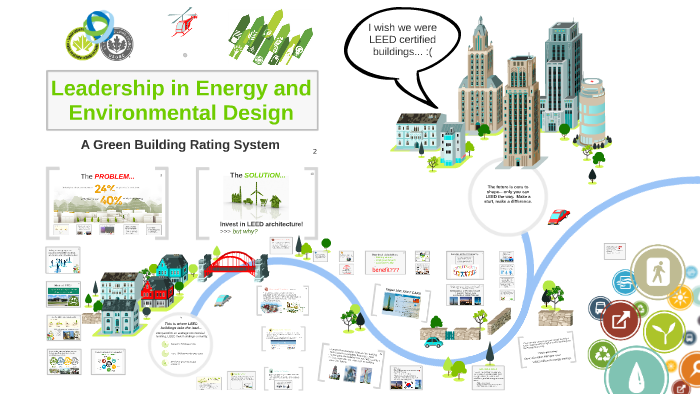Table Of Content

The first is the text by itself, with no formatting except the standard use of punctuation. One of the most important tasks of a designer is to create a hierarchy—to create an order of importance to the elements of a design so as to direct attention and make information more easily assimilated. What visual hierarchy principle are you most comfortable employing in your designs? If the main attraction is still the element(s) you planned to emphasize, your visual hierarchy is effective. Many visual designs are centered or justified, which means they are spaced across a page so they share both left and right margins. If words were just scattered randomly across a page in every direction they would create quite the confusing scenario.
Hierarchy Patterns
Hierarchy is the visual signposts that walk viewers through stories, ideas, and messages. In the final lesson, you’ll learn about grid systems and their importance in providing structure within design. You’ll also learn about the types of grid systems and how to effectively use grids to improve your work. The Z Pattern — In designs without much text, our eye starts scanning from top left to top right, then diagonally down to bottom left, stopping at the bottom right. In websites with a low level of text content (e.g., websites that act as small advertisements for a business or a product rather than delivering volumes of information), the Z pattern of eye scanning is common. The user sees the “text-lite” page and scans from the top left to top right, then glances down through the content (following a diagonal) to the bottom left, before moving to the bottom right.
The Key Elements & Principles of Visual Design
10 Famous Graphic Designers We Want to Be When We Grow Up - G2
10 Famous Graphic Designers We Want to Be When We Grow Up.
Posted: Wed, 03 Jul 2019 07:00:00 GMT [source]
Allows for content and ad personalization across Google services based on user behavior. Permits storing data to personalize content and ads across Google services based on user behavior, enhancing overall user experience. The human eye perceives information visually rather than as blocks of data.
Visual Hierarchy: A New Understanding of Visual Composition for Interactive Interfaces
Other HorizonsBesides plywood, the Eameses focused on equally zealous experiments with other materials by creating furniture in fibreglass, plastic, aluminium, and, for the 1956 Lounge Chair, leather and a very opulent plywood. Their collaboration with Herman Miller continued and, in 1957, extended to Vitra, its European manufacturing partner. Although initially this office won commissions for houses, it folded in the Depression era. After eight months away, on what Charles called his "On The Road tour" in Mexico, he eventually set up another practice in 1935. At the time, Charles was asked to design a house for the Meyers, friends of theirs.
Improving UI Layout Understanding with Hierarchical Positional Encodings - Towards Data Science
Improving UI Layout Understanding with Hierarchical Positional Encodings.
Posted: Fri, 26 Feb 2021 08:00:00 GMT [source]
This pattern, as a microcosm, can be seen in virtually any article design. There is an image and headline to attract you, then either a subhead summary or pull quote to pull your interest and then the text itself to deliver the message. There are many tools at a designer’s disposal to create hierarchy in design and the above examples shed some light on what they are. Here is a breakdown of the most common tools, in their approximate order of importance.
In addition, our vocabulary of design elements is highly subjective and open to viewer interpretation. In the third lesson, you’ll learn best practices for designing with type and how to effectively use type for communication. We’ll provide you with a basic understanding of the anatomy of type, type classifications, type styles and typographic terms. You’ll also learn practical tips for selecting a typeface, when to mix typefaces and how to talk type with fellow designers.
#28 – Rhode Island School of Design
If all your elements are around the same size, your eyes will want to dart back and forth across the composition, never quite knowing when to rest. When in doubt, ask someone else to look at your design and tell you what they notice first. Looking at a design with fresh eyes can help you zero in on what the immediate first impression is. Using white space, or blank space, around a particular part of a design element often draws more attention to it. Effective use of white space can help establish importance in your design. A lack of white space, on the other hand, can pull elements of the design together.
It is committed to helping students develop their artistic skills and professionalism. The program rests on solid design and sustainability principles where students develop their intellectual creativity. Students wanting a degree in graphic design may find the BFA at Boston University a great option. This prepares a future graphic designer for success in a fast-paced work environment.
Typeface weight and pairing
An additional component of the Chapman Graphic Design BFA is the option to integrate coursework from other programs at Chapman such as Advertising and Public Relations, Marketing, Creative Industries, Business, and Sociology. Graduates of USC Roski School of Art and Design have been hired by hundreds of top companies, studios and other organizations. Entertainment, Harper’s Bazaar Magazine, The Walt Disney Company, Marvel Studios, Mattel, Oliver Peoples, American Express, and Beats. With design being subjective, there are inevitably times when clients can’t quite express exactly what they want or don’t like about a design. Being a strong listener can help you find clues or topics to explore with further questioning—when done well, this can help save on time and iterations of work. The practice of using a printing press’s metal plates to create dimensional indentations by raising the area up.
First, it was the internet, desktop browsers, then came mobiles and tablets, and now we are moving into new territory with technologies such as interactive TV, IoT, wearables, virtual, and augmented reality. First, visitors are invited to listen to the music by clicking through the album’s tracks, which are traditionally aligned in an album format. However, by allowing visitors to realign the DNA elements of the site, the concept of the album is communicated, not just as a series of tracks, but as a non-linear construction of fragmented elements over time. For example, the DNA project is a site that uses a series of disjointed hierarchies to communicate the creative construction of the musician’s album.
Simpler, conversion-focused designs centring explicit CTAs seem most resilient to hierarchy breakdowns—for instance, online advertisements, mailers, and flyers. As contexts and uses for visual designs expand exponentially, no rigidly defined hierarchical formula can remain fixed forever. This calls for building adaptable frameworks resilient to fluid content relationships, interactive functionality that empowers personal reader choices, and cross-channel environments with built-in restrictions. Reports from Copenhagen confirm that more designers, especially web designers, are appreciating the need to engage users more directly.
A color palette built out of various shades and tints of just one color. This is similar to grayscale but encompasses all colors—for example, you could have a monochromatic image that is entirely shades of red. This term refers to color pairs that sit opposite of each other on the color wheel and together create visual tension. This refers to the way individual elements of a design are arranged. This is commonly seen in text placement—for example, most lines of text in a Microsoft Word® document are left-aligned by default, where the text forms a uniform line on the left-hand side.
When treated masterfully, hierarchy brings scannability, clarity, and resonance. But it’s also perplexing – quickly muddied as contexts and compositions evolve. Start by progressively removing design elements and flourishes to reach the bare-bones framework. If issues around disproportionate scales, improper spatial relationships between items, and irregular saliency/contrasts remain, this strongly suggests fundamental hierarchical problems. Be suspicious if the focus flows illogically or if nothing stands out when stripped bare.
Lines are obviously efficient in pointing to items of emphasis—just think about an arrow—but they don’t have to physically appear on the page to do the trick. Most Western readers are accustomed to reading from the left to the right size of a page. Therefore, designs featuring text are often aligned to the left margin in the same fashion. Simple visual designs most frequently align in the center of the frame, a format that provides balance and harmony, and is also aesthetically-pleasing. In F-pattern designs, objects are generally aligned to the left, while Z-patterns often employ a combination of left, center and right alignments, such as in the above advertisement. For example, placing elements in certain locations on a map can provide audiences with an understanding of distance, whether near or far.

SoA students have access to state-of-the-art facilities, work studios, seven configurable galleries, international travel opportunities, and guest artists. Accredited by the National Association of Schools of Art and Design (NASAD) since 1970, SoA employs over 130 full-time and part-time faculty that serve nearly 2,000 students. Students in the program have the option to choose an emphasis such Illustration or Action Sport Design. The school opened in 1907 as the School of the California Guild of Arts and Crafts. On the first day of class, CCA had just three teachers and 43 students. Today, California College of the Arts employs 420 faculty members that serve just over 1,600 students enrolled in more than 40 undergraduate, graduate, minors, and dual degree options.
Its fusion of the mass-manufactured and folkloric appeared in the Eames films and graphic projects, like their 1952 interlocking House of Cards game, for which Eliel Saarinen coined the term ‘spiritual function’. The Beginnings of Charles and Ray Eames The newly married duo set off for a long honeymoon drive to their new home in Los Angeles. In LA, Charles found work as a set architect on MGM movies like ‘Mrs. Ray started painting but would soon be working on cover designs for the California Art & Architecture magazine.

No comments:
Post a Comment